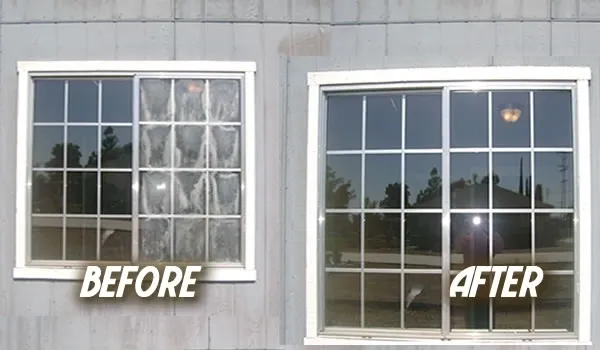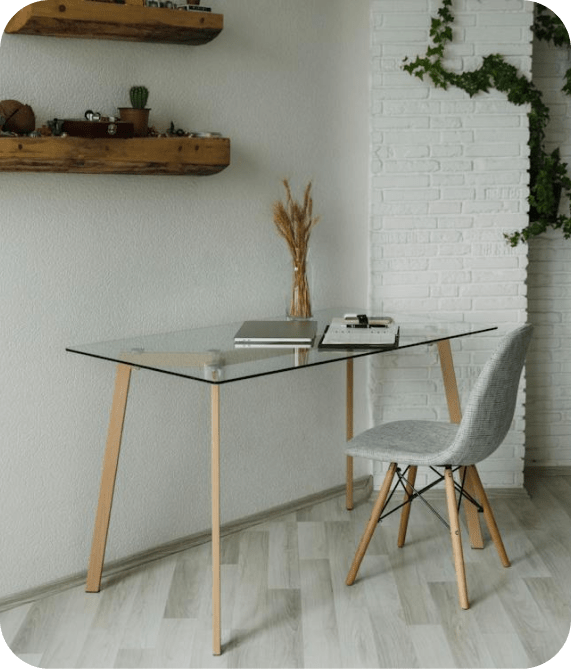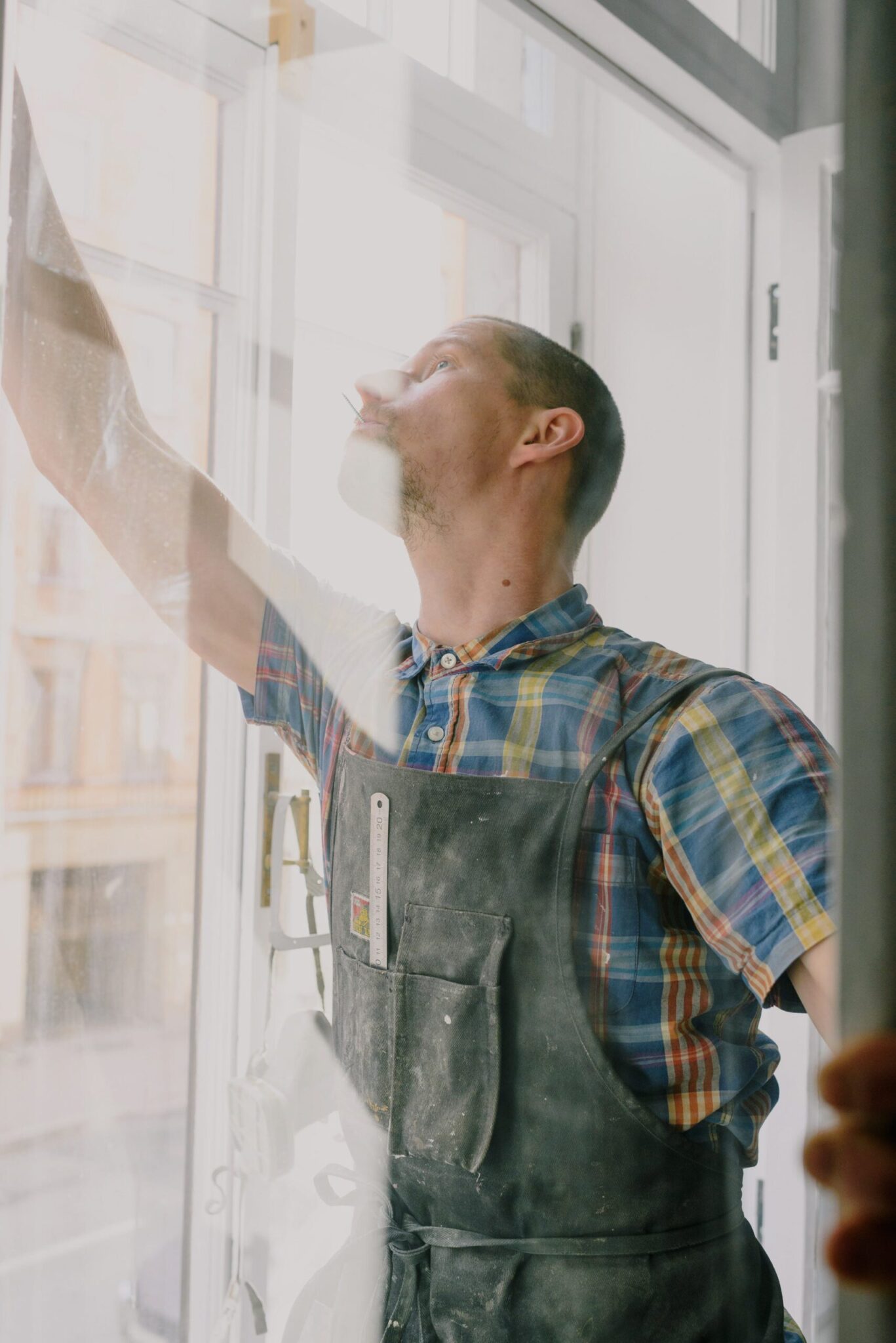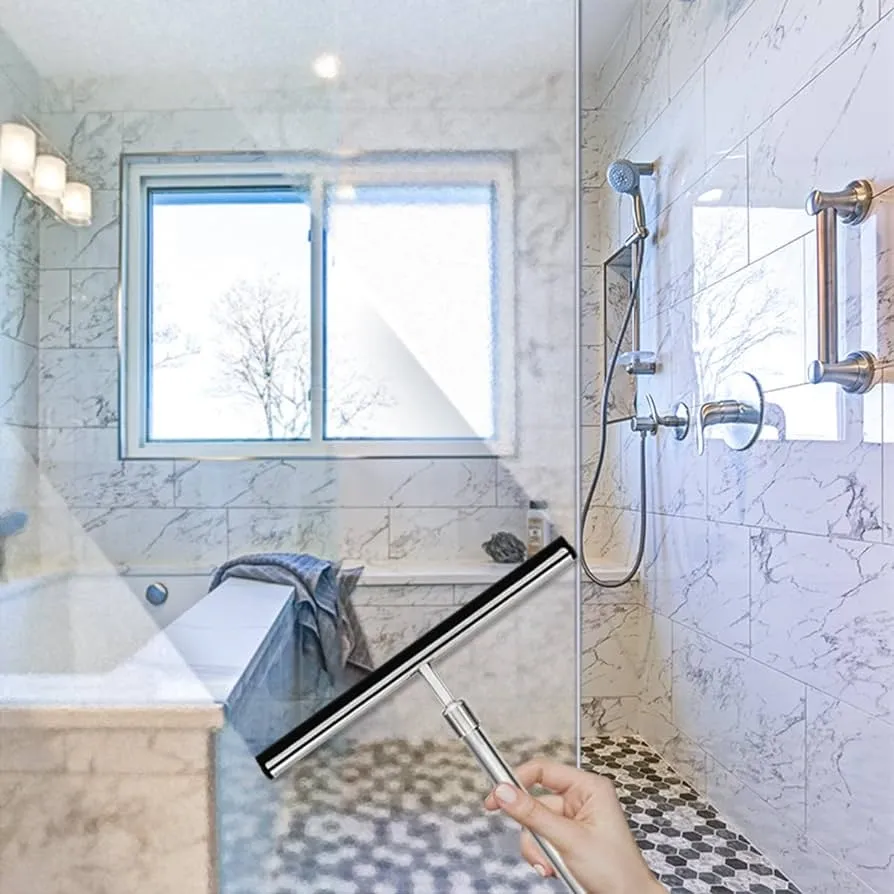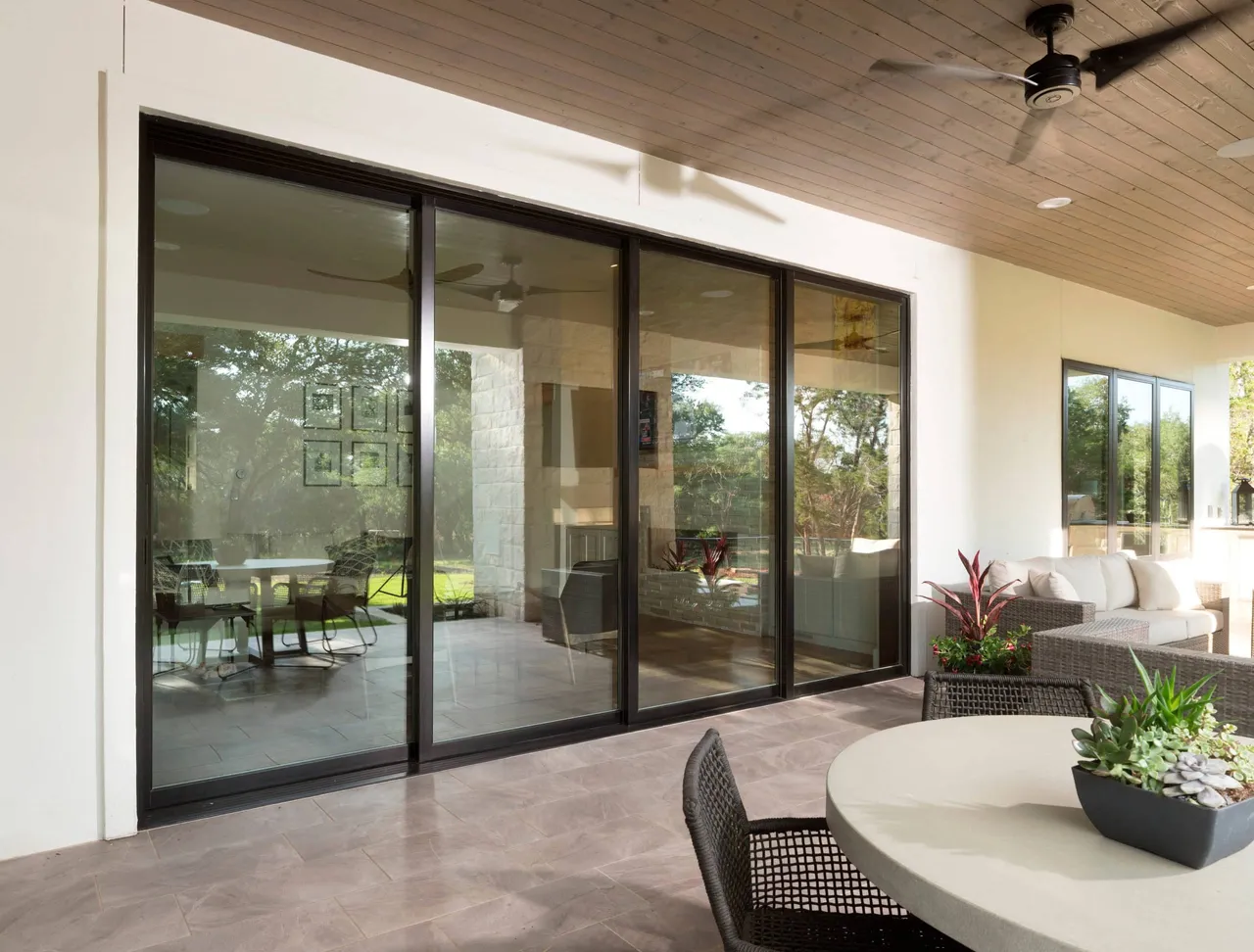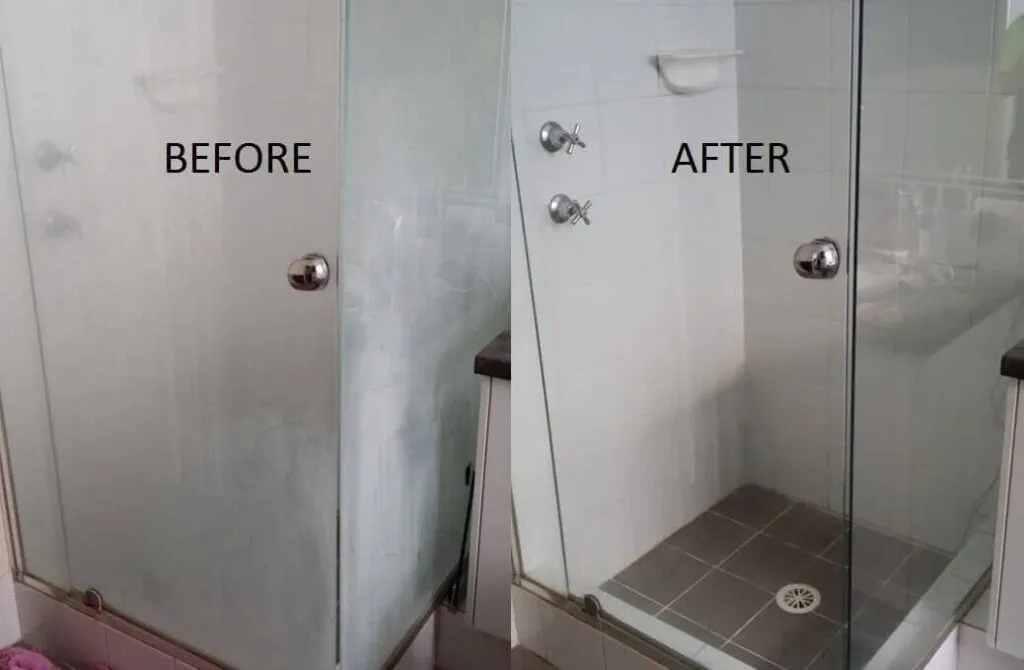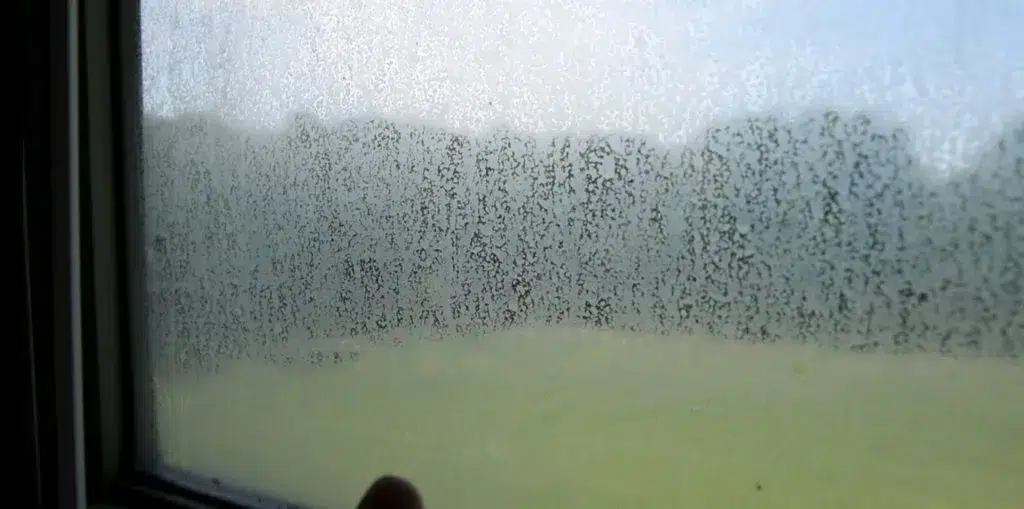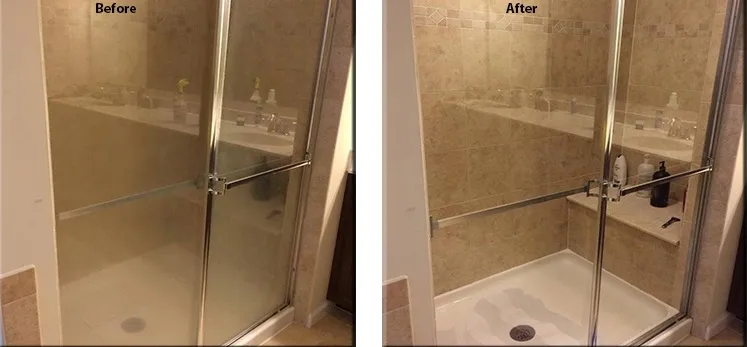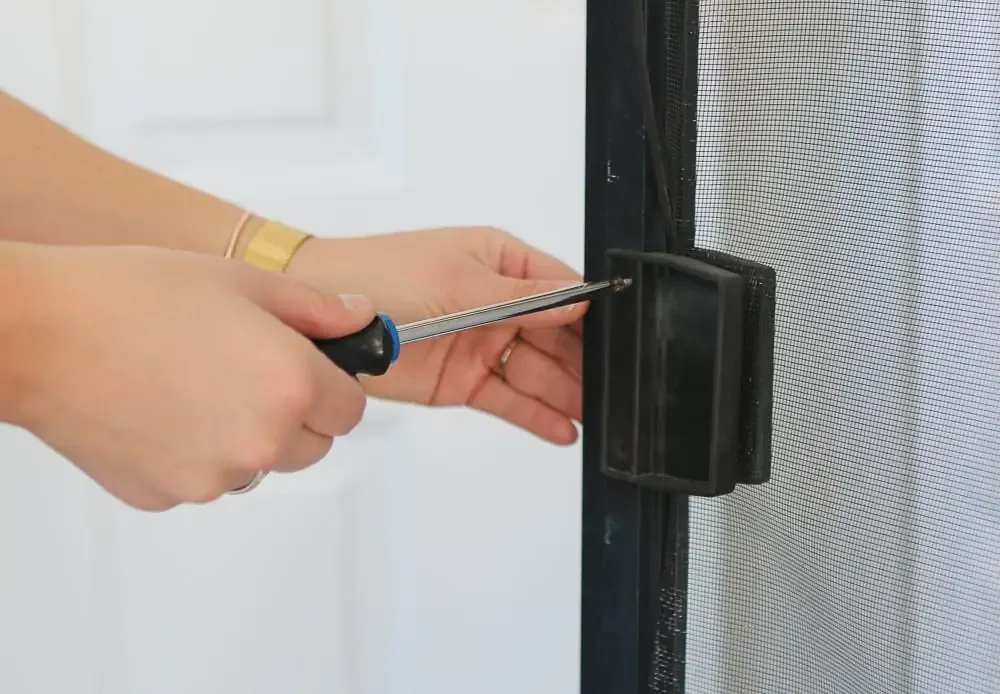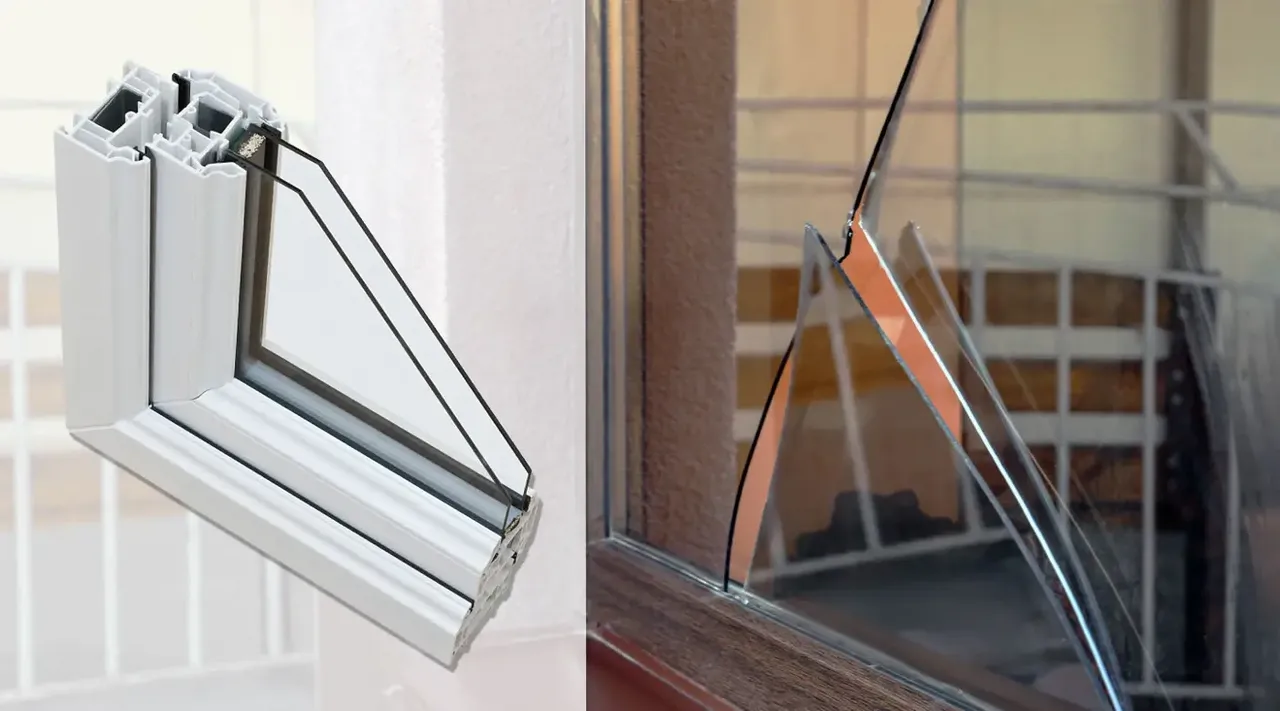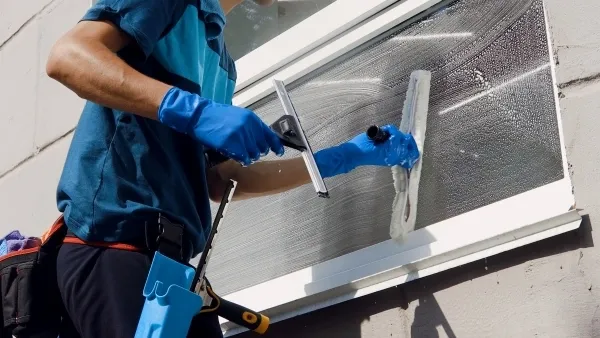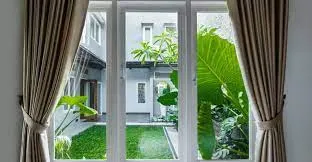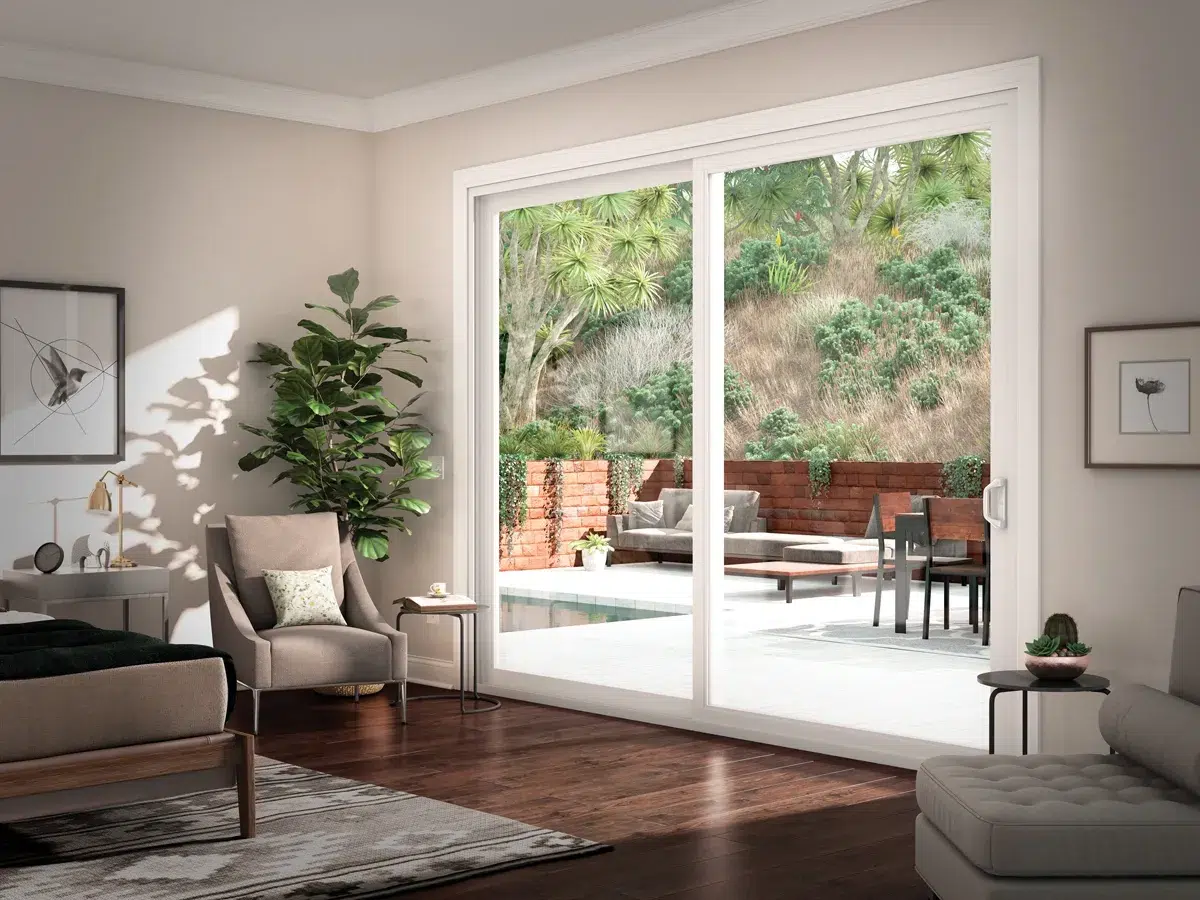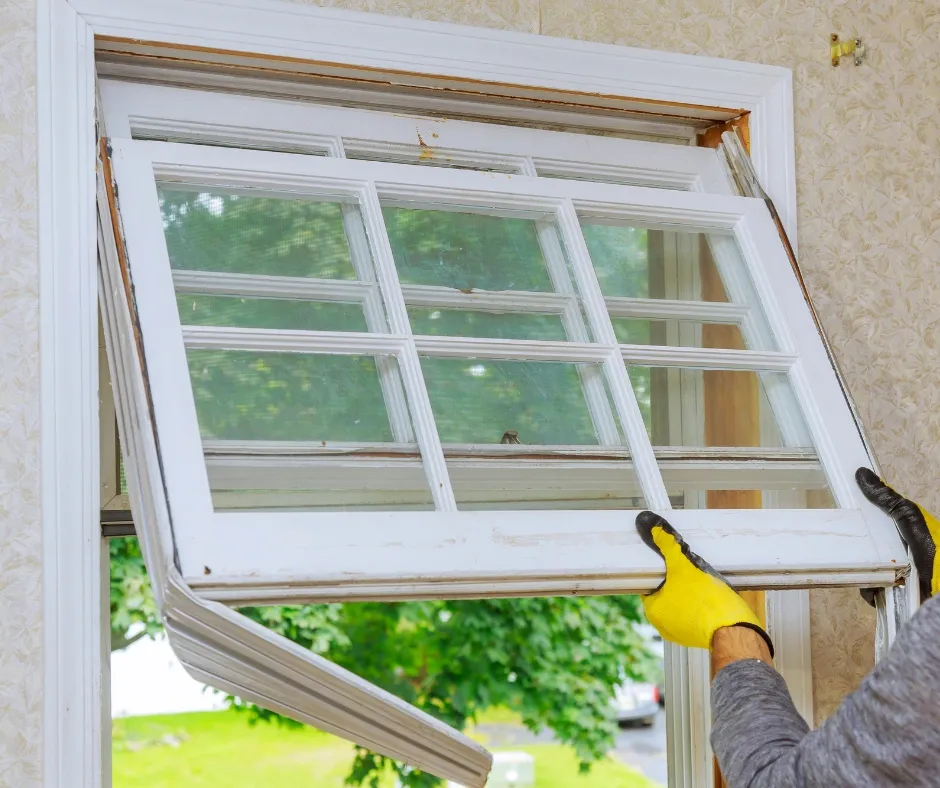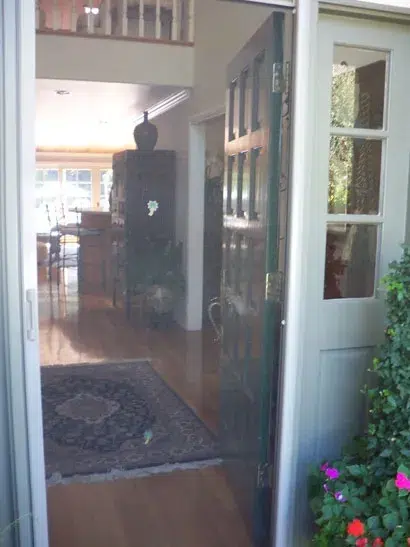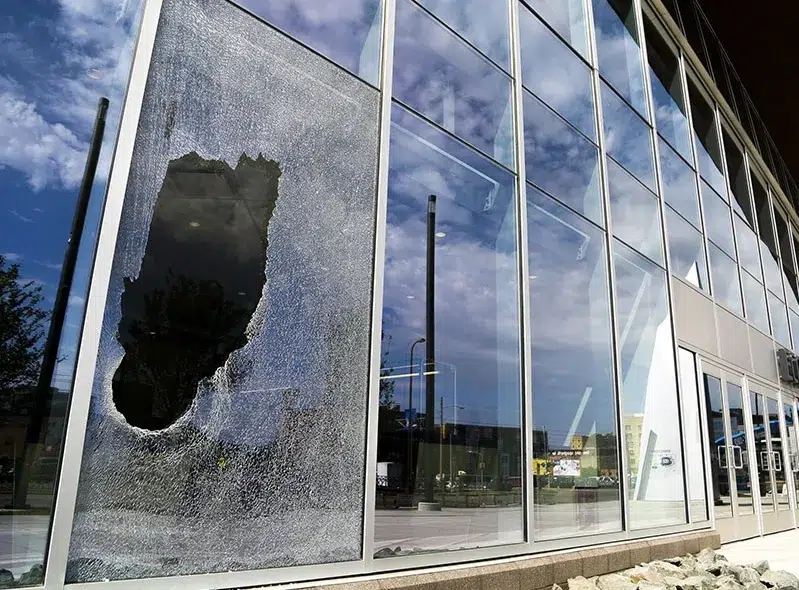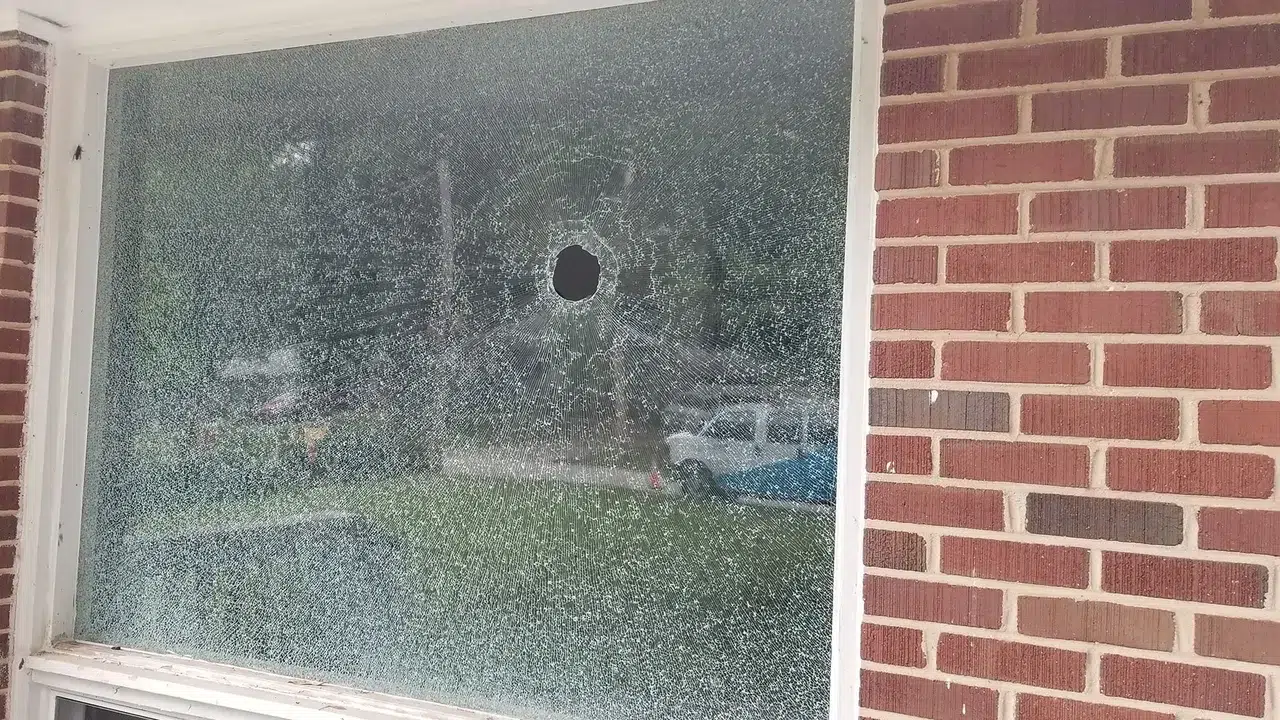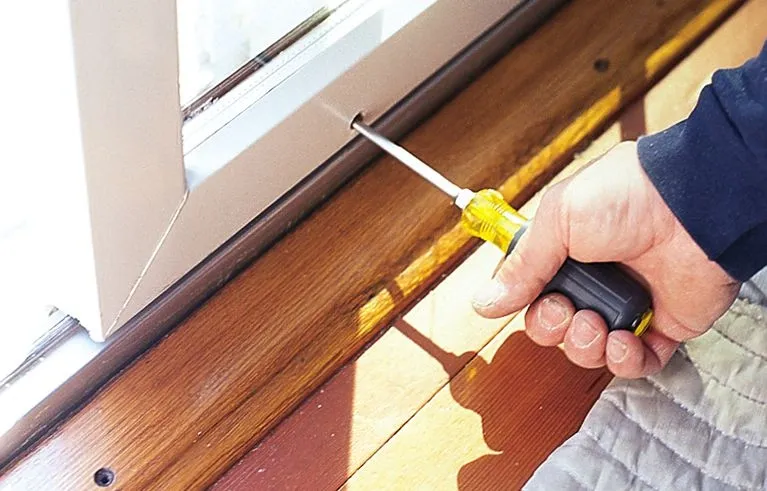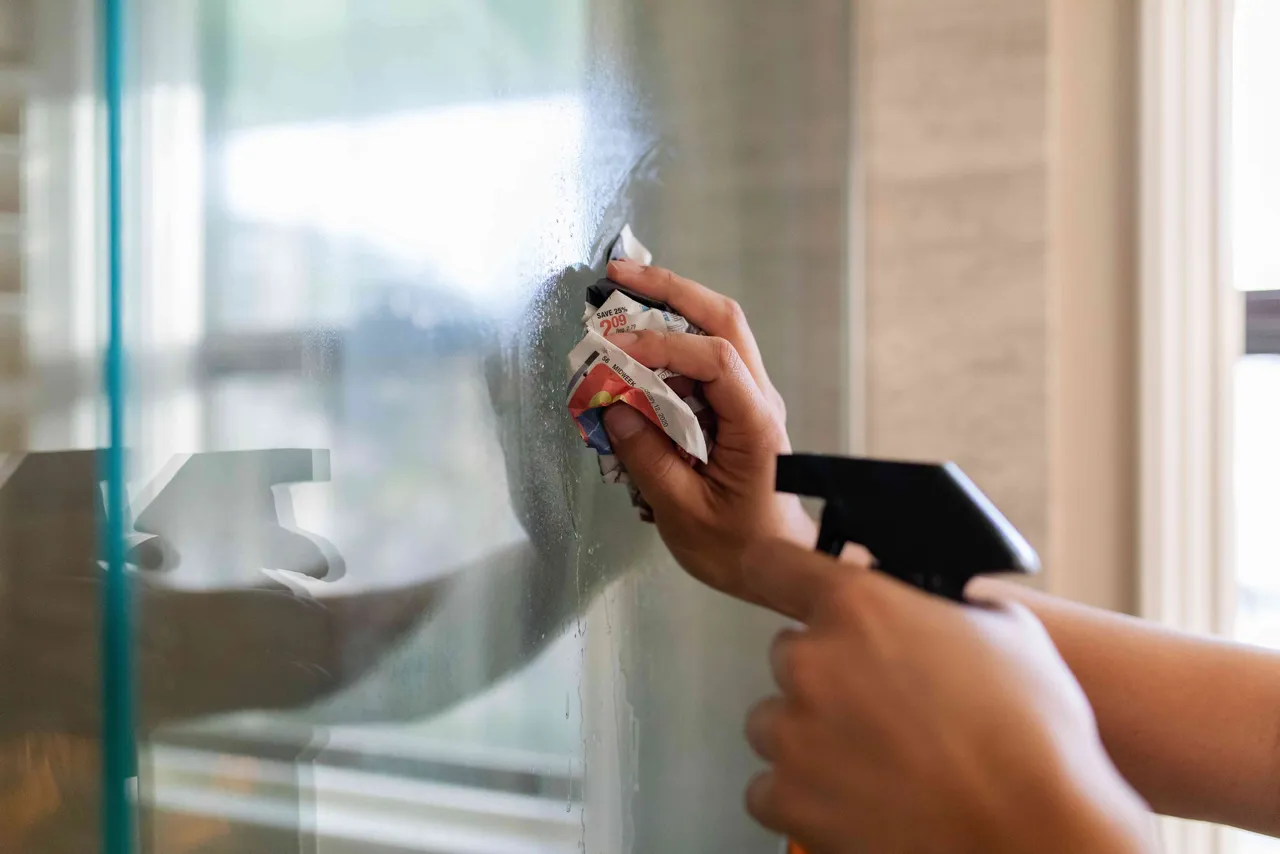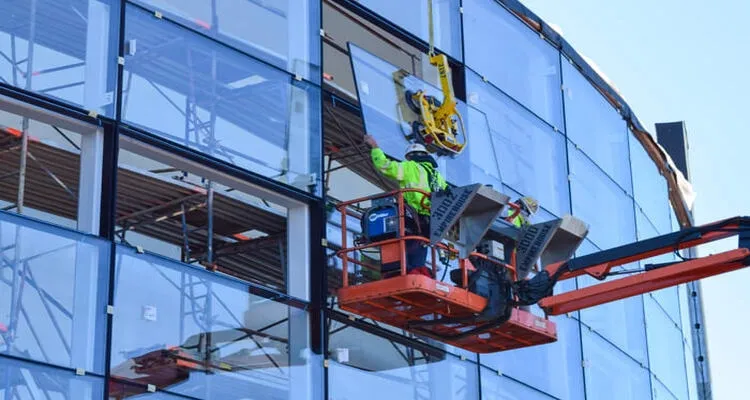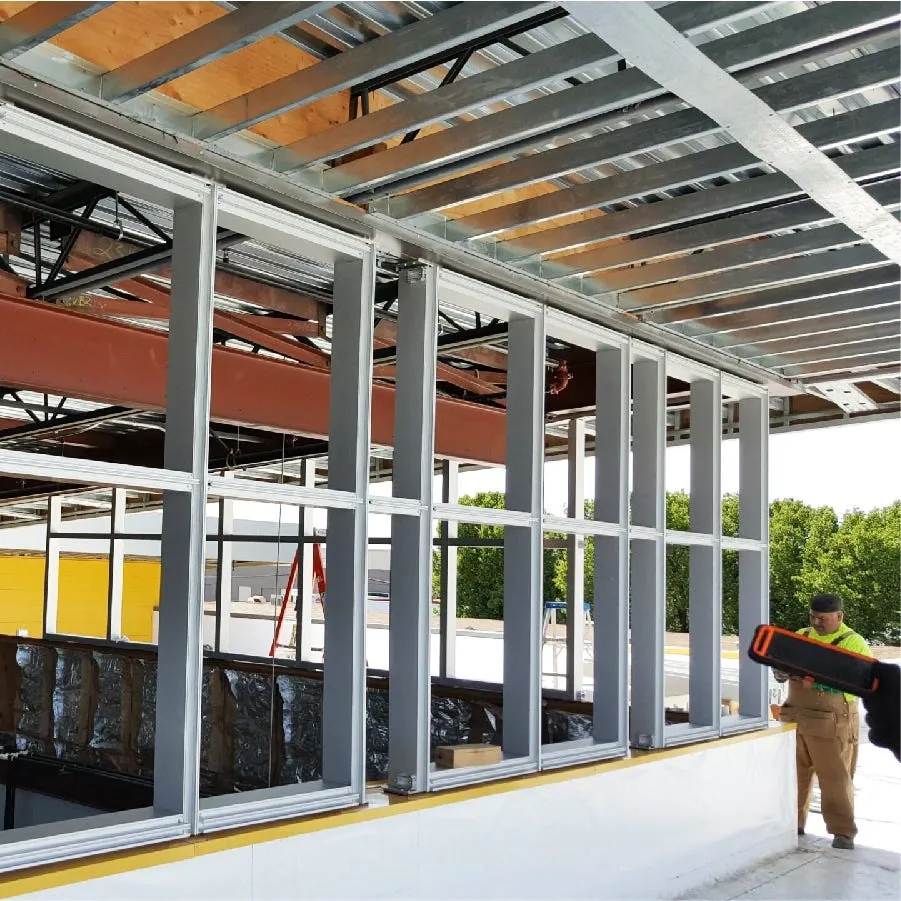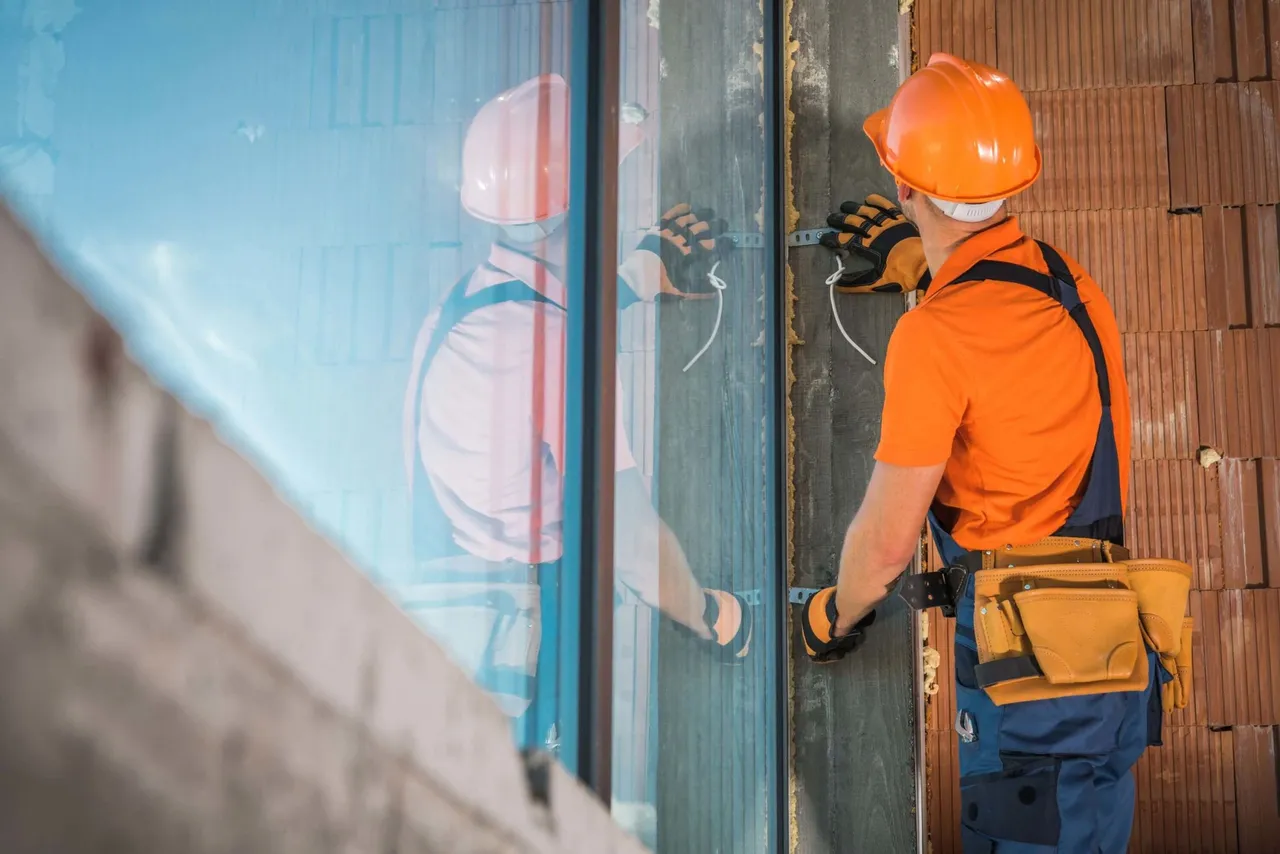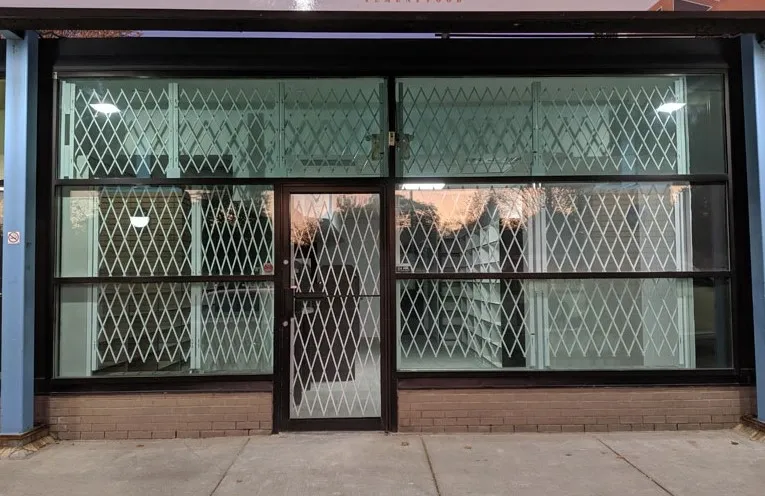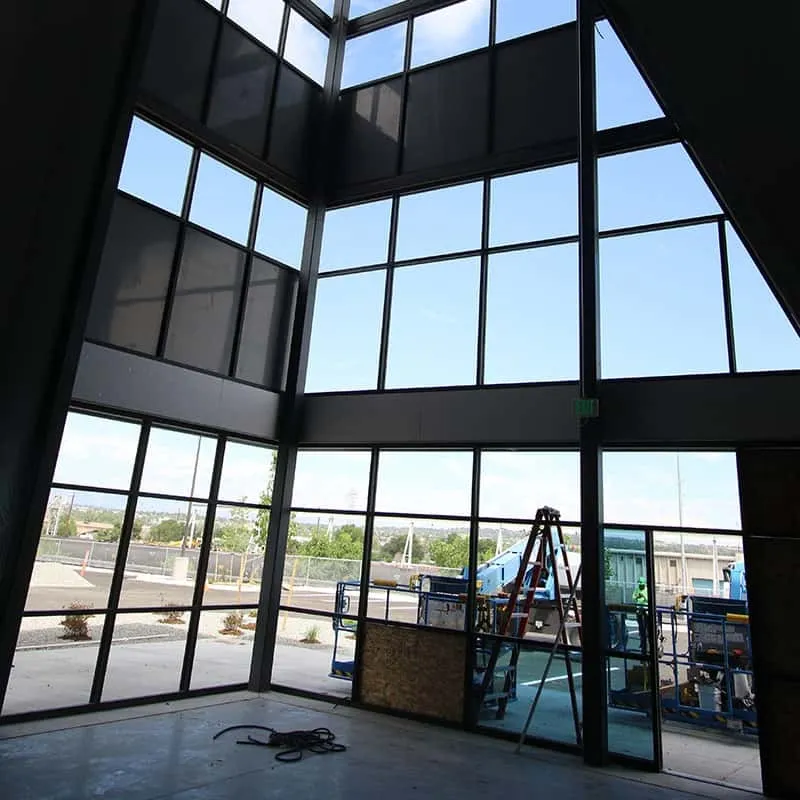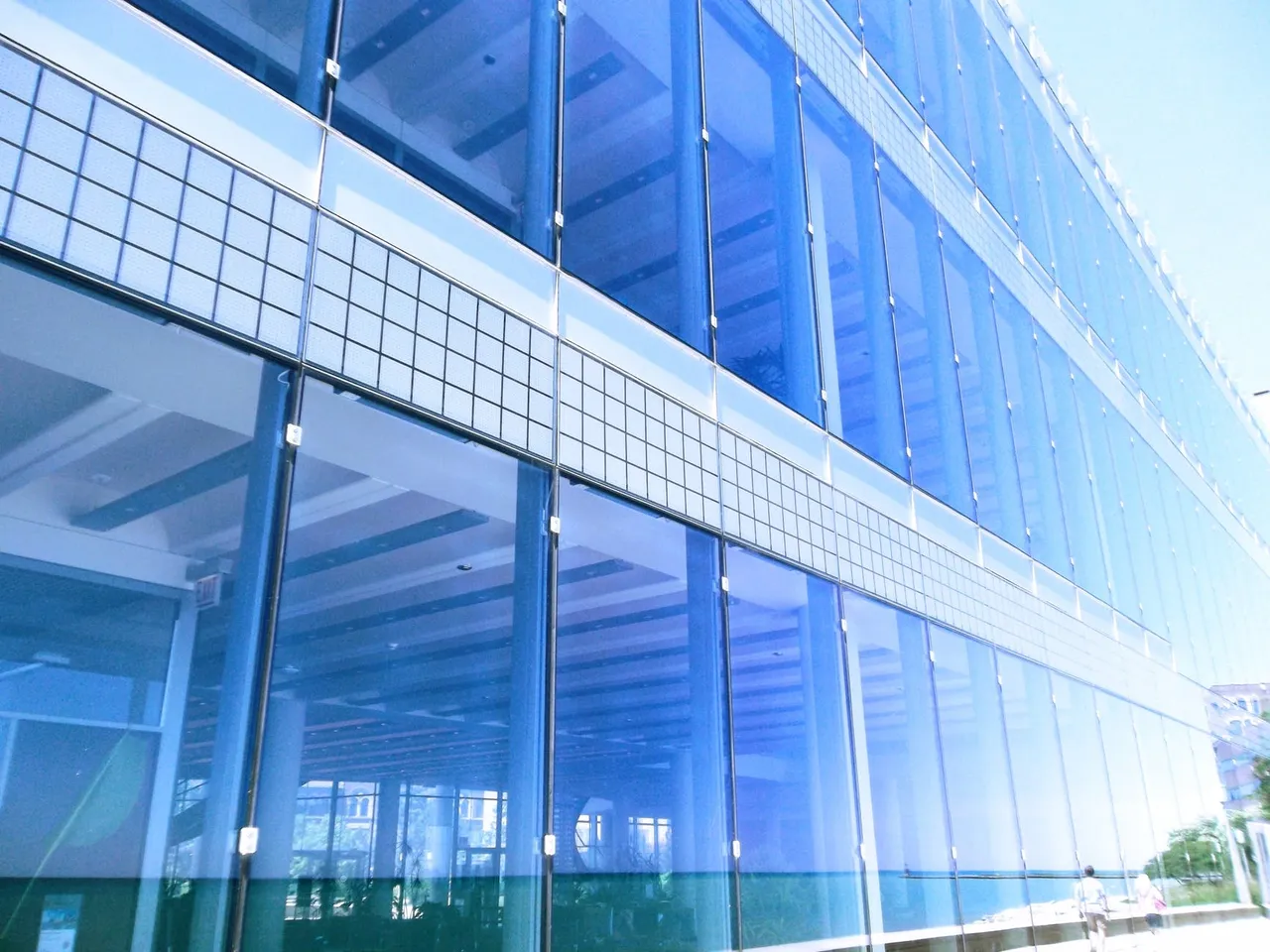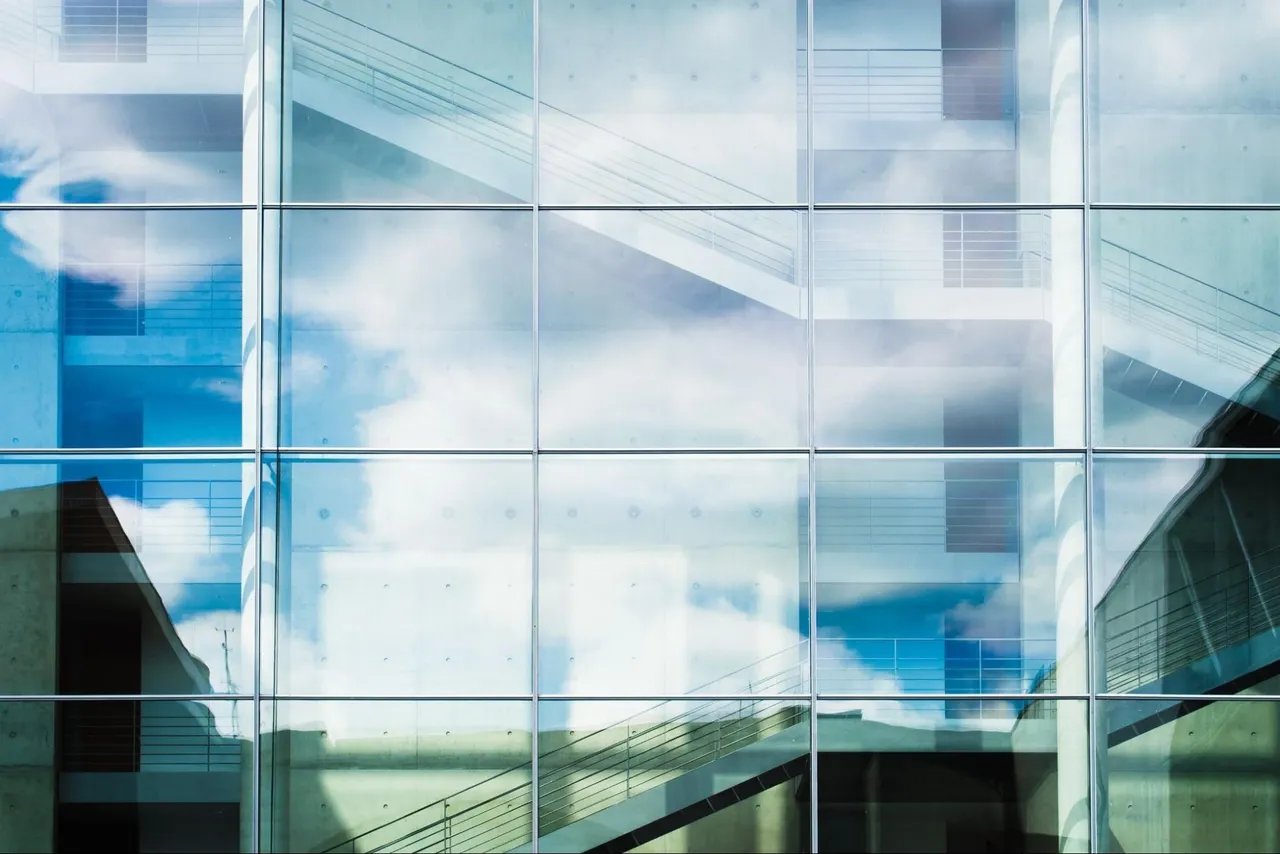Silver State Glass & Mirror Co
Licensed & Insured
License | Lic #4990A
- (702) 382-1400
-
2825 East Fremont Street,
Las Vegas, Nevada 89104,
United States
Commercial
Residential
Curtain walls are non-structural outer coverings of buildings, typically made of lightweight materials like glass and aluminum. Unlike traditional walls that bear the load of the building, curtain walls hang from the structure, much like curtains on a window. Their primary purpose is to keep out the elements, such as rain and wind, while allowing natural light to flood the interior spaces. The beauty of curtain walls lies in their ability to create stunning facades that transform buildings into architectural masterpieces
These are the top choice for modern buildings, due to their stylish and sophisticated appearance. They offer a seamless and uninterrupted view, making any structure look more inviting and impressive. Choose from different glass options and frame styles to customize them for a sophisticated and modern look.
The main benefit of utilizing walls made of glass is that they enable natural light to enter the building, while also exhibiting thermal insulation properties, which help maintain a comfortable temperature inside the building and contribute to energy efficiency.
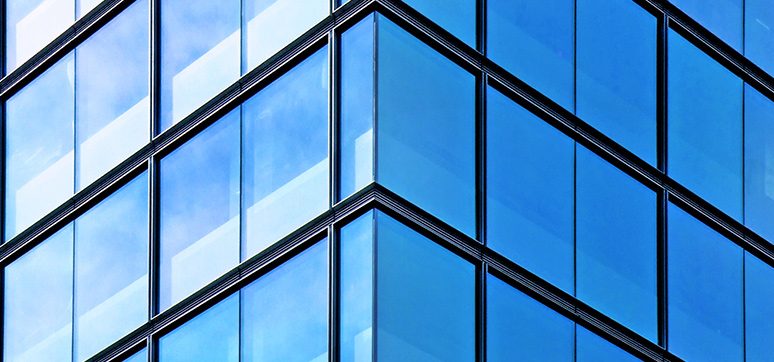
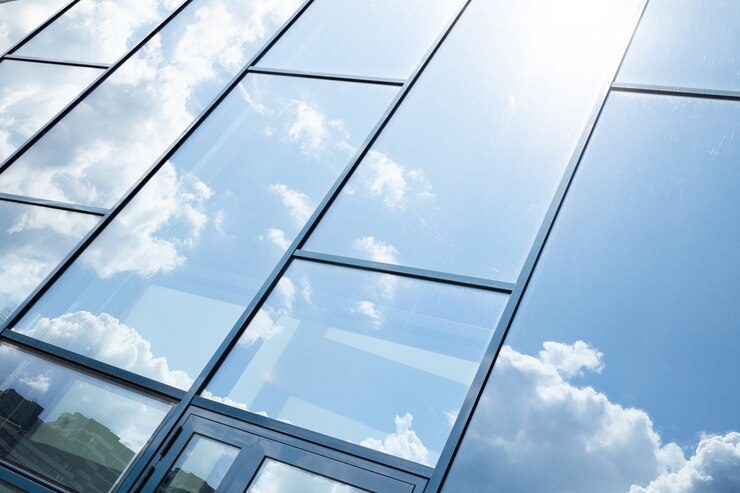
Curtain walls are designed to protect against winds, rain, and other elements. The glass is treated to withstand extreme weather conditions, ensuring safety and protecting the building’s interior from potential damage.
They are easy to install and maintain, making them cost-effective for new construction and renovation projects. They allow for shorter construction time, reduced labor costs, and easy replacement of damaged panels.
Curtain walls come in various types, each with unique characteristics and applications. Understanding the different types can help architects and builders choose the right system for their needs. Let’s explore some of the most common types of curtain walls.
Are pre-fabricated panels assembled off-site and then transported to the construction site for installation. This approach offers several advantages, including faster construction time, reduced labor costs, and improved quality control. Unitized curtain walls are ideal for large-scale projects where time is of the essence.
Are constructed on-site by assembling individual components, such as mullions and transoms. While this method requires more labor and time, it provides greater flexibility in design and customization. Stick-built curtain walls are often used in projects requiring complex geometries or unique architectural features.
Use silicone sealants to use glass panels that are bonded to the structural frame. This creates a seamless and transparent appearance, giving buildings a modern and sophisticated look. Structural glazing systems are popular in projects where maximizing natural light and visual impact are key priorities.
At Silver State Glass & Mirror Co, we understand that every building is different and requires a unique approach. That’s why we work closely with our clients to design and install custom curtain walls that suit their specific needs. With years of industry experience.
In conclusion, if you’re looking to add a touch of elegance and functionality to your building, custom curtain walls are the way to go. At Silver State Glass & Mirror Co, we have the expertise and experience to provide you with top-quality custom curtain walls that will transform your space. Contact us today to learn more about our services and how we can help enhance the beauty and functionality of your building.
A window wall is a type of building facade designed with large glass panels. In contrast, a curtain wall is a non-load bearing exterior wall made of thin glass panels attached to the building’s structure. Unlike window walls, curtain walls only serve aesthetic purposes and do not support the weight of the building.
They are installed by attaching metal frames to the building’s structure and then inserting the glass panels into the frames. The frames are then sealed to prevent air and water from entering the building.
They offer several benefits to a building, including increased natural light, improved energy efficiency, and noise reduction. They also provide a modern and sleek appearance and can be customized to fit the specific design and aesthetic of a building.
Yes, They can be customized to fit different architectural styles. They can be made from a variety of materials and can be designed to match the look and feel of the building they are being installed on, whether it is modern and sleek or traditional and ornate.
They can be used for a wide range of buildings, including commercial, residential, and institutional structures. The building’s design and materials used will vary depending on its location, function, and other relevant factors.
Licensed & Insured
License | Lic #4990A
Commercial
Residential
© 2024 All Rights Reserved.

